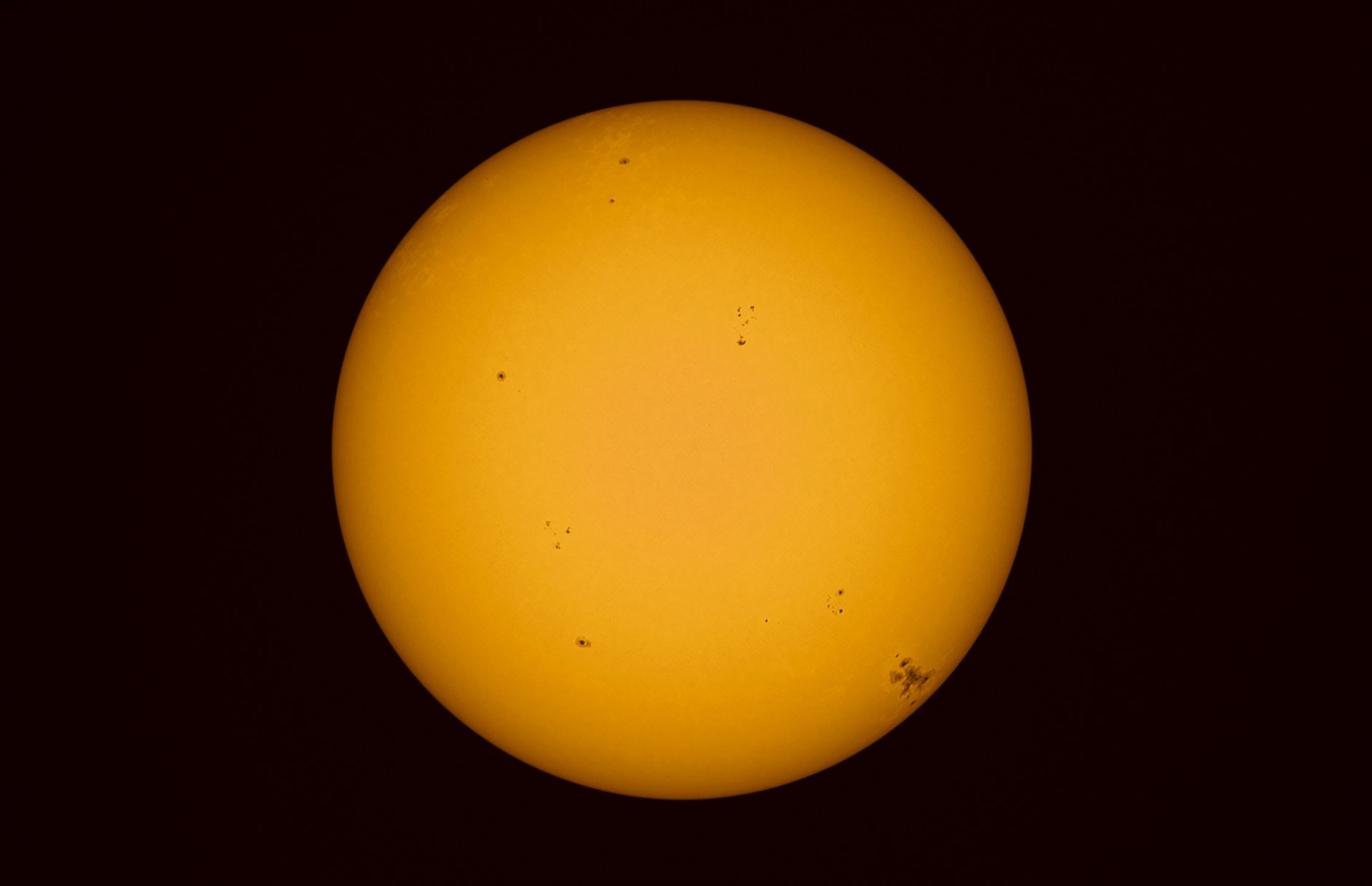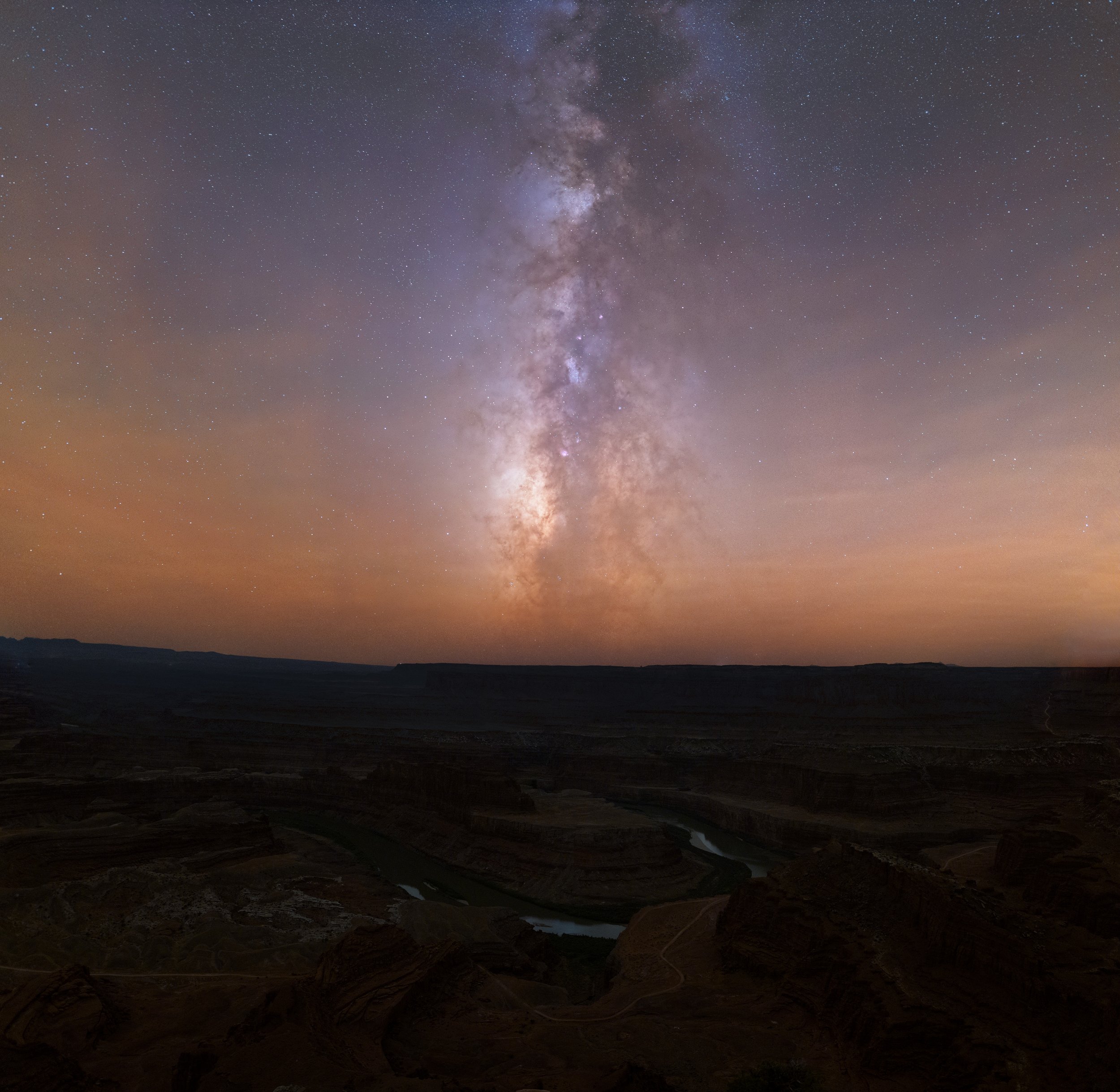A galaxy far, far away...
Please check out the John Glenn Astronomy park the weekend of May3-5. Two observing events are planned. Links below. May the 4th be with you.
First Light....Astro-Physics 92mm Stowaway
Anxiety runs high when testing new glass and astrophotography configurations. I received the new AP Stowaway in December and have been assembling required accessories for astrophotography until about 2 weeks ago when the final piece arrived, the Canon camera adapter. As always, Astro-Physics pieces are exquisite in design and function.
I needed some time to figure out the proper combination of plates and screws needed to transition my imaging system from an AP 130 Gran Turismo/Baader Vario-Finder quick release bracket/SG-4 guider to the 92mm Stowaway and autoguider setup.
Below, you see the fully assembled imaging setup. (I did eventually change the ring orientation so the ring screws were attaching from the top set of rings).
Astro-Physics 92mm Stowaway
Astro-Physics .8x telecompressor for Stowaway
Canon camera adapter for Stowaway
Modified Canon T5i with STC Dual Band in camera h-alpha/ OIII filter
Baader Vario-Finder in Astro-Physics Quick Release bracket
SBIG SG-4 stand-alone autoguider
Two Astro-Physics mounting plates which I can’t remember model numbers!
First impressions…an incredibly rigid and easily transportable setup for powerful astroimaging. Being a mobile imager, it is important to have a setup that can be erected and disassembled in an efficient manner and likely all in a 24 hour period. My back really appreciates a compact and lighter setup, too. The imaging system rides atop the Astro-Physics Mach1 GTO. I can carry the entire imaging scope and autoguider scope in one piece and place atop the Mach 1 with no trouble. The imaging system is now ready for the summer Milky Way season and star parties. Send me an email if you have any questions about mobile imaging.
On March 23 I had a slim window of opportunity between clouds and before moonrise to capture some first light. The winter Milky Way is quickly descending into the west and my setup is really oriented toward Milky Way photography. So, I had a brief target window for the Rosette Nebula as it was post-meridian by end of astronomical twilight.
I was hoping for a full two hours on the Rosette, but only recorded 80 minutes due to increasing high clouds. The image below is a slightly cropped version of the Rosette nebula from the evening. I have really grown to like the dual band Ha/OIII STC filter from my light polluted neighborhood. The single frames of 20 minutes at ISO 1600 have very nice signal to noise on chilly evenings. The image was processed with Light Room, Pixinsight, and Photoshop.
Yes...working on astrophotography
Hello space enthusiasts! No updates for a while, but just wanted you to know that a lot is going on behind the scenes. I have had several imaging sessions in the backyard. Recent tree removal has opened up my skies quite a bit. I can now image to the celestial equator in the south. I have been experimenting with several filters on the modded Canon T5i. I am now upgrading my workflow with Pixinsight. Some of you may know, Pixinsight is quite intensive and the equivalent of Photoshop for the astrophotography community. So, much time is spent refining the workflow with filters and modded DSLR
I, also, just received a new imaging instrument from Astro-Physics! Hoping it is up and running by late winter/early spring.
So, a lot is going on behind the scenes. Hoping my Cave nebula comes together in the next few weeks. The imaging window for that object is coming to an end for the year. I have data on M78/Barnard’s loop as well as Cone Nebula. The DATA collection and image processing on these objects will go into late winter for sure.
Hope all is well with you and clear skies.
Happy New Year!
Staunton River Star Party 10/8-10/14
My schedule had me looking for a dark sky the weekend of 10/12. I have been pretty frustrated by the weather. You see September and October tend to be our prime astro-imaging weather in West Virginia. But hurricane remnants and clingy hot and humid conditions have ruined September.
Family obligations don’t permit me to visit the Calhoun County park no-frills party on 10/5 weekend. So, I began the search for another dark sky location.
Cloudy nights forums quickly revealed the Staunton River party as a potential destination. The reviews are glowing about the location and amenities. The sky is likely not as dark as Calhoun, but the amenities on the field are fantastic. Electric, round the clock food, other astronomers, beautiful location....all combine for what looks like a great event. Now all we need is the weather to cooperate.
Joon me at Staunton River for a great astronomical week.
Holding out for imaging weather
It has been a pretty frustrating two months. What is usually our prime time in astrophotography has seen heat and humidity with passing hurricane remnants. I am really holding out for nice conditions in October. My plan is to check out the Calhoun County Park in WV. The site is renowned for dark skies and is only 2 hours from my door. I am embarrassed to say I haven’t checked it out yet.
I have had the opportunity to test the AP Baader scope/SG-4 combination and it is working like a charm. I leave the scope and camera assembled in the carry case and simply attach it to the mount. Easily achieving pinpoint stars on the AP130 with 15 minute sub exposures.
I have also added some narrow band filters to the arsenal and plan on imaging a lot from my backyard. Currently planning on removing several hillside trees to open up below the celestial equator. Planning also for a NexGen dome in the backyard next summer. Also, a new scope has been purchased, but more on that later.
So, a lot is happening, just not imaging. The skies are simply too murky and humid, even for narrow band imaging. Many imaging projects are planned, hoping our weather breaks into a more early fall-like pattern soon.
Take care and clear skies!
Jeff's Blog
Join me on photography journeys from desert landscapes to deep sky wonders.




















